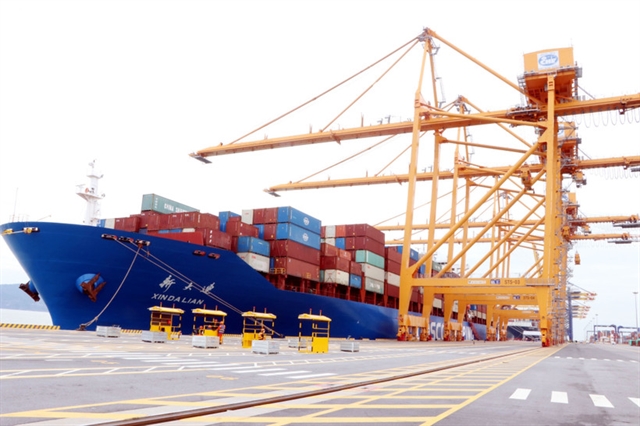 Expat Corner
Expat Corner
.JPG)
Lê Hương
“Once again, I am back in one of my favourite nests in the world – Hà Nội – the captivating capital city of Việt Nam teeming with history and where traditions and culture shake hands with modernity.”
That’s how Indian-Australian journalist Sandip Hor started one of his writing pieces about Hà Nội.
He has been to Việt Nam six times so far and has written dozens of articles about tourism, culture, and lifestyle for various publications all over the world. He still wants to come to the country more and spend more time with the people here.
He admitted that he has the same feelings whenever he visits the country.
“I feel very friendly and at home here,” he told Việt Nam News.
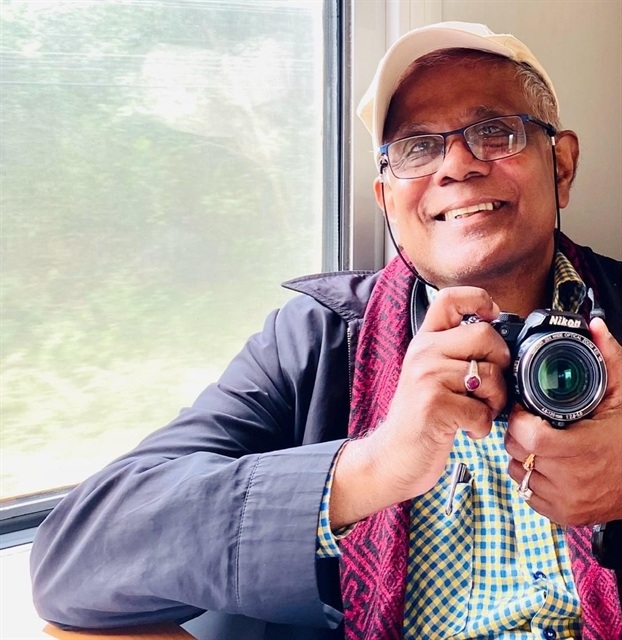 |
| Sandip has travelled widely throughout Việt Nam. Photos Courtesy of the journalist |
“I like the liveliness of the destination. I always say that this is where I can feel and I can touch life.
“There are countries where you can go and see life, but here it is like you can touch life where as soon as I go to the old quarter of Hà Nội and walk along the street, I feel like I'm touching life, I'm walking with life. And in that way my life gets energised because I see human motions quite a lot,” he said.
“I see people crying, people laughing, people fighting, even people talking. Moving forward.
“There is a pace, there is life, there is movement, which sometimes you don't see in other parts of the world.
“You see it in India, definitely some life, big life. But here I think that pulse of life energises me,” he added.
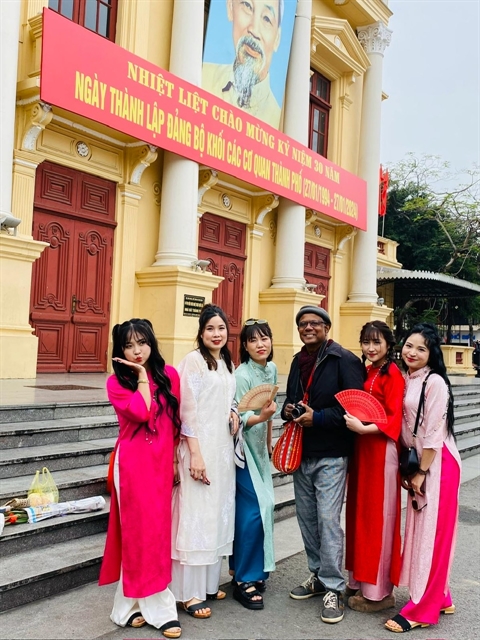 |
| Sandip poses for a photo with young women in Hải Phòng City. He said it's hard to tell the age of people in Việt Nam. |
Sandip said he has a lot of respect and admiration for the Vietnamese people.
“They are very friendly, very nice and very helpful as well.”
He noticed Việt Nam has changed quite a lot since his first visit in 2007.
“The whole country has modernised very rapidly,” he said. “The infrastructure is very good, the hotels are of high standards. The approach to customer service is very good. The real industry has expanded a lot for things produced in Việt Nam, like shoes and garments and that are of the highest order."
Yet Sandip has found it a little bit difficult that though the country has opened up to the world, it has not picked up at the same pace as the English language.
“I think for Việt Nam to get more proactive, to get more involved in tourism, English is essential as well as other languages like French, Dutch, and German.”
“When I visit some places like the Champa towers in Mỹ Sơn and Quy Nhơn, and everything there was written mostly in Vietnamese,” he noted. “It was difficult.”
“That is very important because at the moment there are a lot of tourists coming from Australia and from India. Việt Nam has got very good relationships with these two countries, which means that there will be more and more coming. So having more in English would be very helpful,” he stressed.
Sandip mentioned that Vietnam Airlines now has flights directly from Australia from the three cities of Sydney, Melbourne and Perth, and also from India, as there are flights from Mumbai and New Delhi to Việt Nam’s cities.
Sandip has always expressed his admiration for late President Hồ Chí Minh.
“I think he is one of the greatest leaders of this time,” he said. “He sacrificed all his life for his country. He had the vision to see that one day Việt Nam can be unified as one country and can be put back to its former glory."
Sandip admitted that late President Hồ Chí Minh’s lifestyle was very humble.
“Unlike many other leaders, I've never heard anybody saying anything against Hồ Chí Minh, whether from the modern, current generation or the past. He has got a huge admiration from the people of Việt Nam, as well as from the world community."
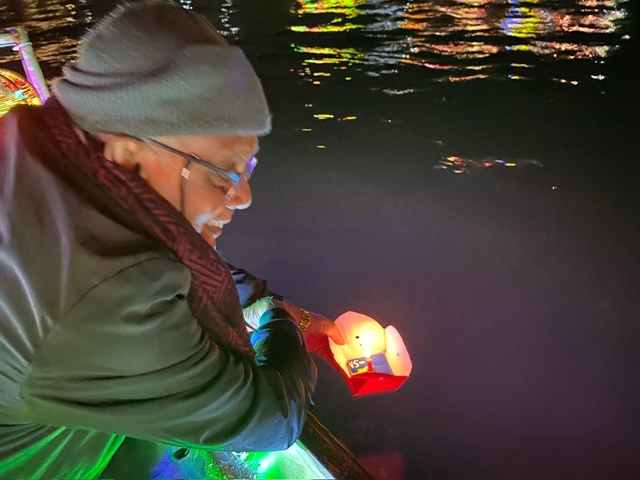 |
| Sandip floats a flower candle onto Hoài River in the ancient town of Hội An. |
Sandip said people who talk about revolution and nationalism, think about Hồ Chí Minh.
“I was born in a city called Kolkata, which during the 70s went through a phase of revolution, communist party revolution,” he recalled. “And at that time, when I was in the university, the revolutionists used to say that our leader was Hồ Chí Minh. They used to say: Hồ Chí Minh, red salute. And that was also the type of admiration that people grew up with. So I still admire him.”
Hence, whenever Sandip comes to Việt Nam, he looks for any interesting facts and figures about the great leader to mention him in his writing pieces.
Though he has a target to visit 100 countries in the world, the journalist still wants to come to Việt Nam several more times and spend a Tết (Lunar New Year) holiday here to write about how Việt Nam shapes up, gears up, and becomes alive during the Lunar New Year celebration.
“I like the way people are busy preparing for the festival,” he said. “I see the flowers in the north, I see cherry blossoms, when I am in Hội An, I see the small mandarin [kumquat] plants and it’s a symbol of good luck. So everywhere I see a lot of preparations for the festival, which is not just for a day but spreads for many days and engages the entire family, and the entire community. It’s very special.” VNS
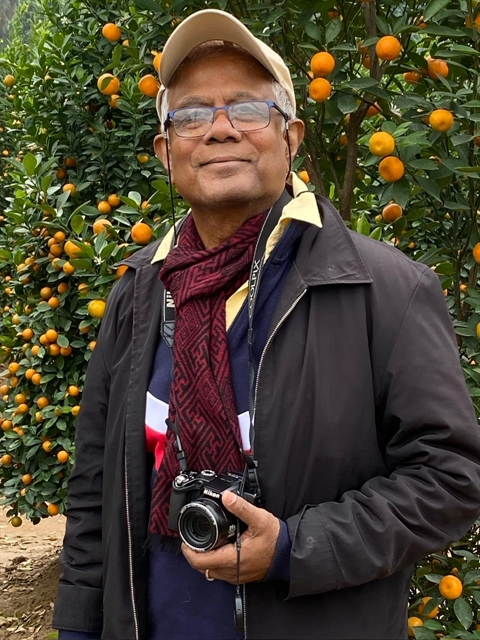 |
| Sandip poses for a photo with a kumquat plant, a popular decoration plant for the Lunar New Year in Việt Nam. Photos Courtesy of the journalist |
.JPG)
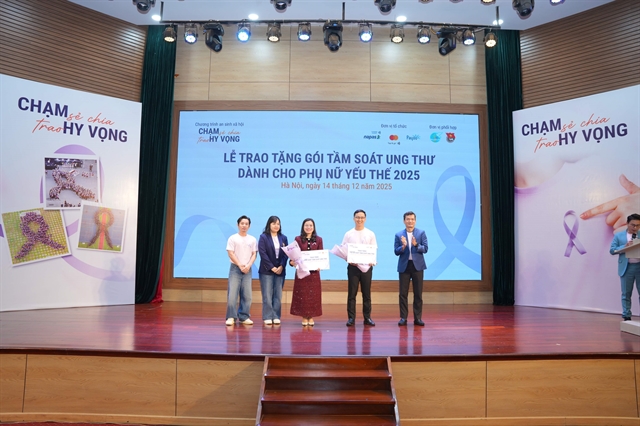
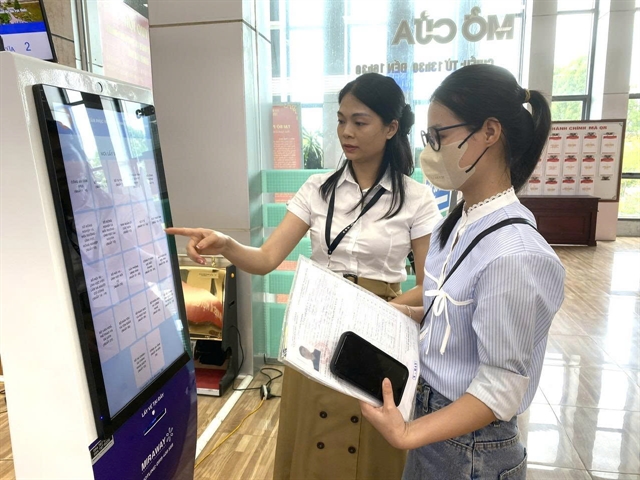
-awarded-beers.jpeg-image-(.jpeg).jpeg)
